A Glimpse into Traditional Chinese Cuisine: A Culinary Journey" offers an exploration of the rich and diverse culinary traditions of China. This journey delves into the unique flavors, ingredients, and techniques that define Chinese cuisine, showcasing its regional variations and historical influences. From the spicy kick of Sichuan to the delicate flavors of Cantonese, the book uncovers the essence of Chinese gastronomy and its impact on global food culture. It's a must-read for food enthusiasts seeking to understand the heart of Chinese culinary arts.
Chinese cuisine is a tapestry of flavors, techniques, and cultural significance that spans thousands of years. It is renowned for its diverse regional styles, each with its unique ingredients, cooking methods, and flavors. This article aims to provide an overview of some of the most iconic traditional Chinese dishes, offering a glimpse into the rich culinary heritage of China.
Peking Duck (北京烤鸭)
Peking Duck is arguably one of the most famous dishes in Chinese cuisine. Originating from Beijing, it is known for its crispy skin and tender meat. The dish involves roasting a whole duck in a special oven, often with a cloy (a type of fuel), which imparts a unique smoky flavor. The cooked duck is then carved into thin slices and served with sweet bean sauce, scallions, cucumber, and pancakes. Diners wrap the duck slices with the accompaniments in a pancake, creating a delicious and satisfying bite.
Hot Pot (火锅)
Hot pot, or huǒguō, is a communal dining experience where diners cook slices of meat, vegetables, and noodles in a simmering pot of broth at the table. It is popular throughout China, with variations in broth and ingredients depending on the region. The interactive nature of hot pot makes it a social affair, where friends and family gather to cook and eat together. The broth can be as simple as a clear chicken or beef stock or as complex as a spicy Sichuan-style broth with various spices and peppers.
Dim Sum (点心)
Dim sum is a style of Chinese cuisine that originated in the Guangdong region. It is traditionally a morning or afternoon meal consisting of small, bite-sized portions of food, often served in steamer baskets or on small plates. The variety of dim sum dishes is vast, including dumplings (like har gow and siu mai), rice noodle rolls, and sweet buns filled with red bean paste or lotus seed paste. Dim sum is often enjoyed with a pot of tea, and the experience is as much about the socializing as it is about the food.
Sichuan Cuisine (川菜)
Sichuan cuisine, from the Sichuan province, is famous for its bold and pungent flavors, particularly the use of garlic, chili peppers, and the unique Sichuan peppercorn, which gives a numbing sensation to the tongue. Dishes like Mapo Tofu (麻婆豆腐), a spicy tofu dish with minced meat, and Kung Pao Chicken (宫保鸡丁), a stir-fried dish with chicken, peanuts, and vegetables in a spicy sauce, are iconic examples of Sichuan cuisine. The art of balancing flavors—sweet, sour, numbing, and spicy—is a hallmark of this regional style.
Cantonese Roast Meats (烧味)
Cantonese roast meats are a staple in many Chinese households, especially during festivals and special occasions. The most common types include char siu (叉烧), a sweet and savory barbecued pork, and roasted duck or chicken. The meats are marinated in a mixture of soy sauce, honey, and various spices before being roasted to a perfect caramelized exterior. They are often served with steamed rice or as part of a dim sum meal.
Wonton Soup (云吞面)
Wonton soup is a classic Chinese dish consisting of small dumplings filled with minced meat (usually pork) and served in a light broth, often with green onions and egg noodles. The wonton wrappers are thin and delicate, and the dumplings are typically filled with a mixture that includes shrimp and pork for a rich, savory flavor. Wonton soup is a comforting dish that is enjoyed across China and in Chinese communities worldwide.
Stir-Fried Rice Noodles (炒河粉)
Stir-fried rice noodles, known as chǎo hé fěn in Mandarin, are a popular street food and restaurant dish in China. The dish typically includes wide flat rice noodles stir-fried with beef, pork, or chicken, along with bean sprouts, green onions, and sometimes vegetables. A sweet and savory sauce is used to bind the ingredients together, creating a flavorful and satisfying meal that is both filling and quick to prepare.
Mooncakes (月饼)
Mooncakes are a traditional Chinese pastry associated with the Mid-Autumn Festival. They are round, dense cakes that can be filled with a variety of sweet or savory fillings, such as red bean paste, lotus seed paste, egg yolk, or even meat. The exterior is often decorated with intricate patterns and designs, reflecting the moon's significance in the festival's celebrations. Mooncakes are a symbol of unity and are shared among family and friends during the festival.
Chinese cuisine is a vast and varied landscape, with each region offering its own unique contributions to the culinary world. The dishes mentioned here are just a few examples of the many traditional foods that have been enjoyed by generations of Chinese people and are now celebrated globally. Whether it's the succulent Peking Duck, the communal hot pot, or the delicate dim sum, each dish tells a story of China's rich history and cultural diversity.


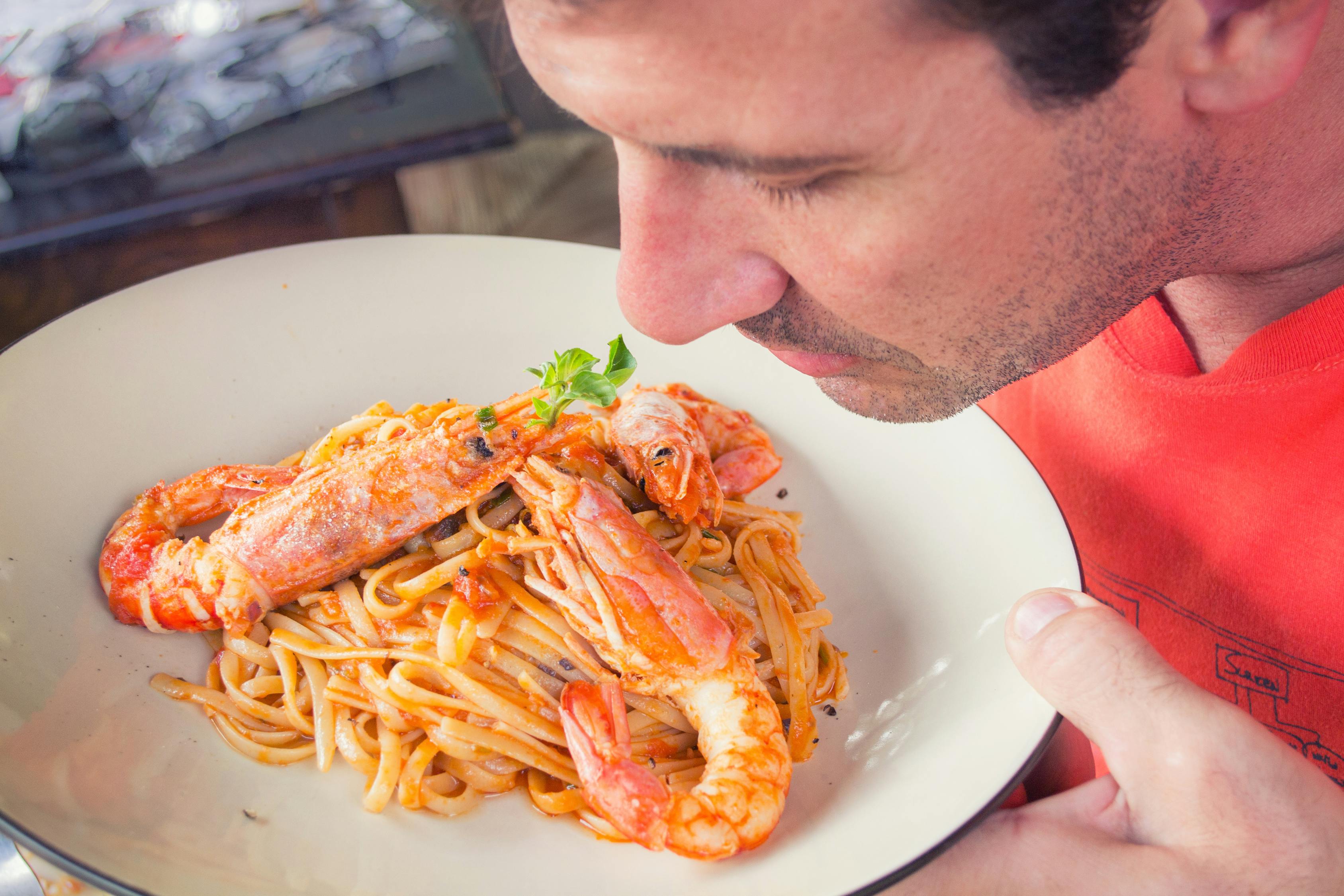
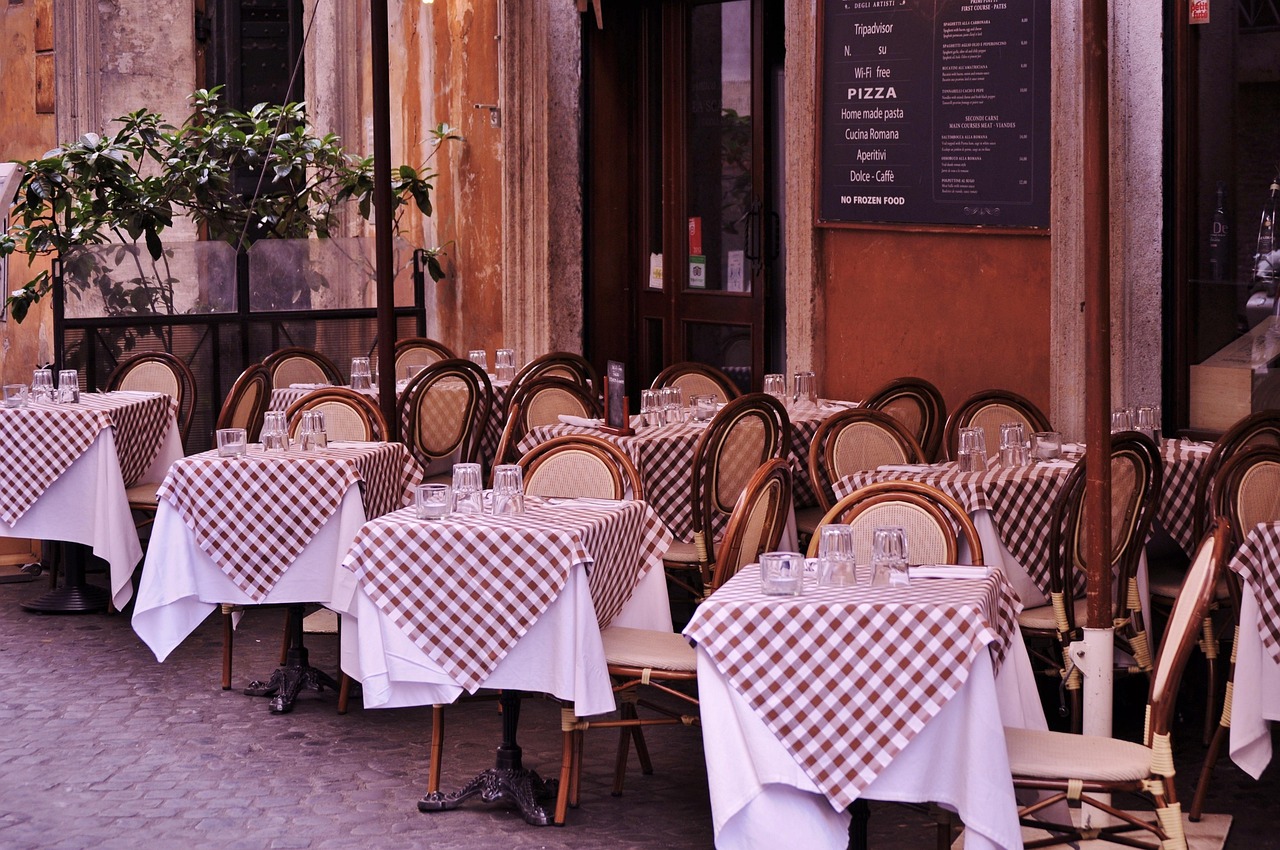



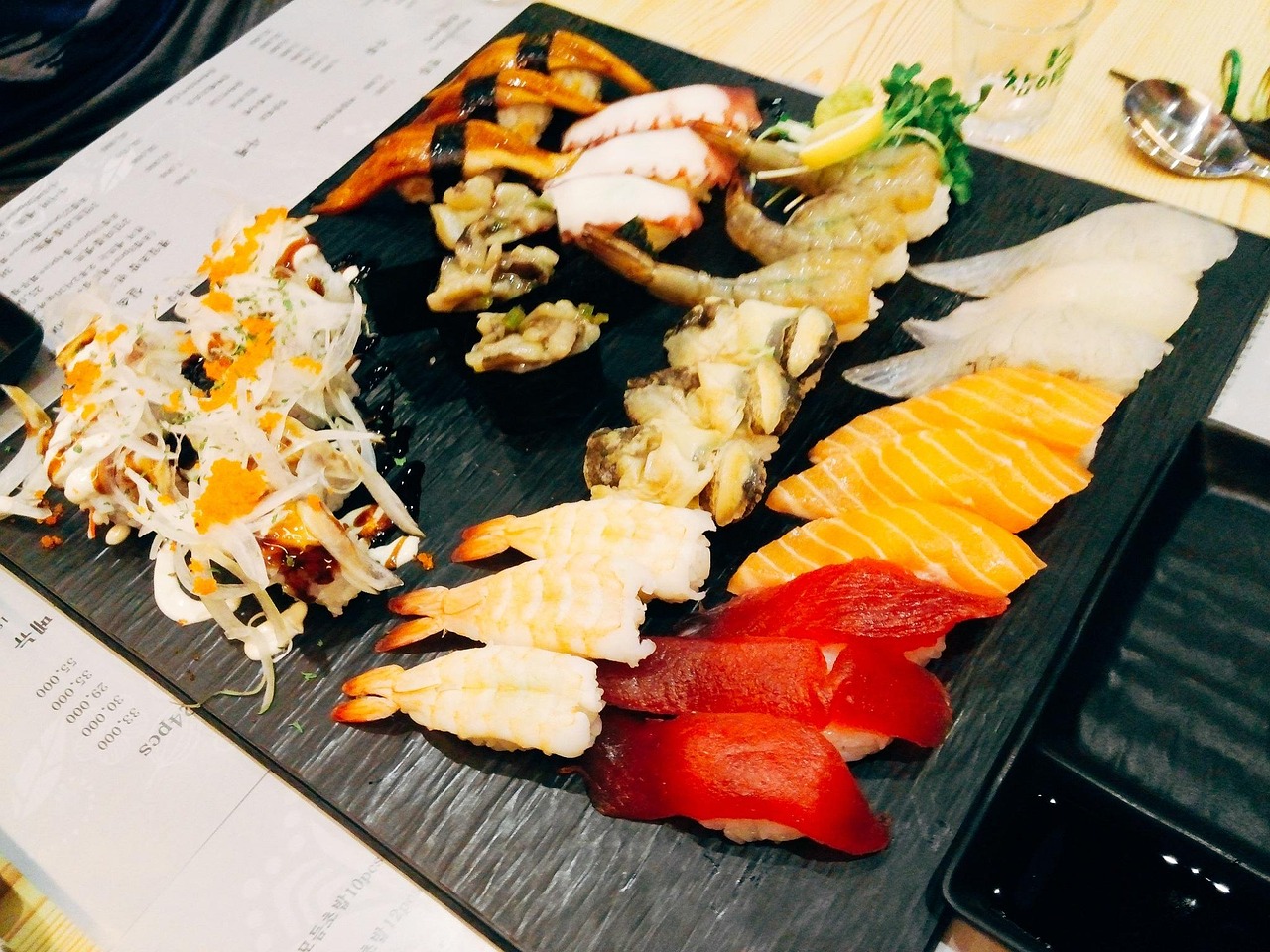
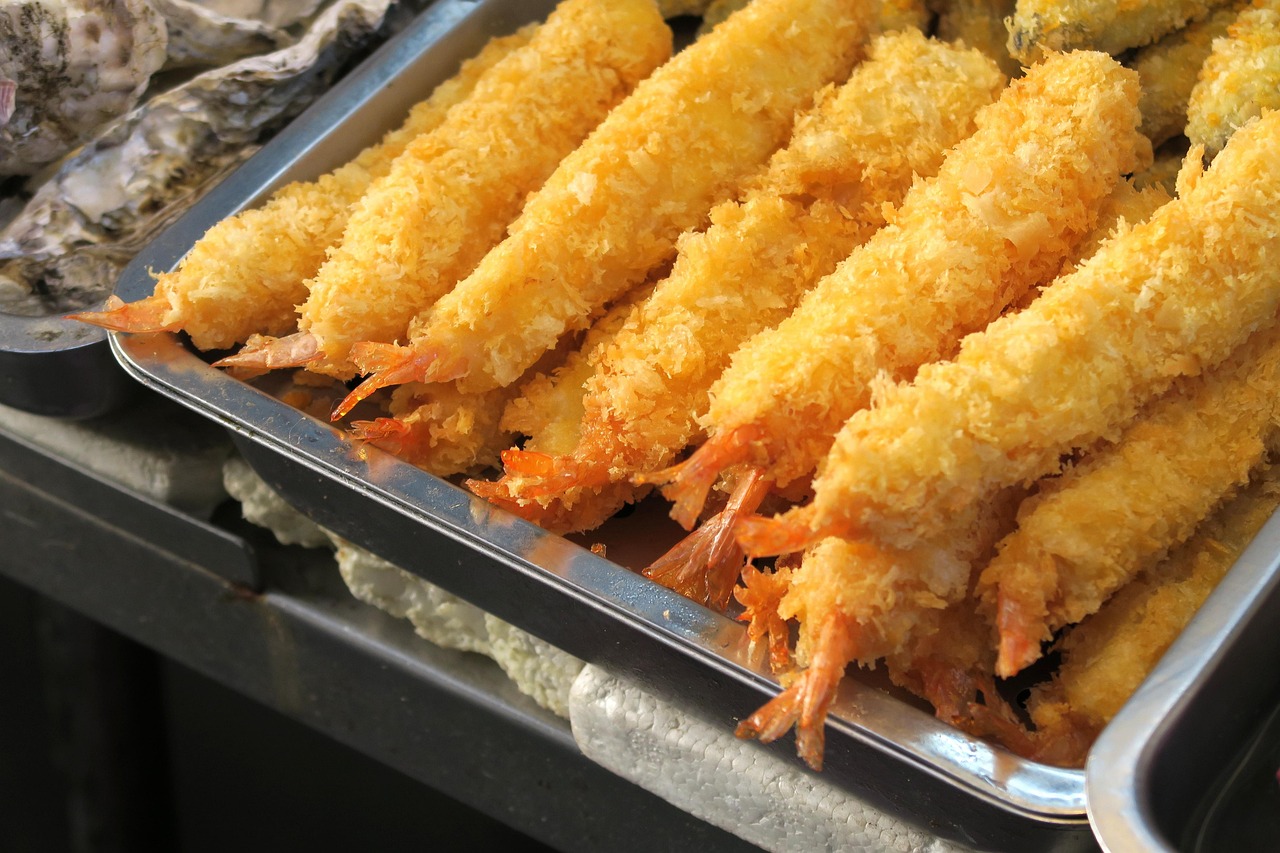
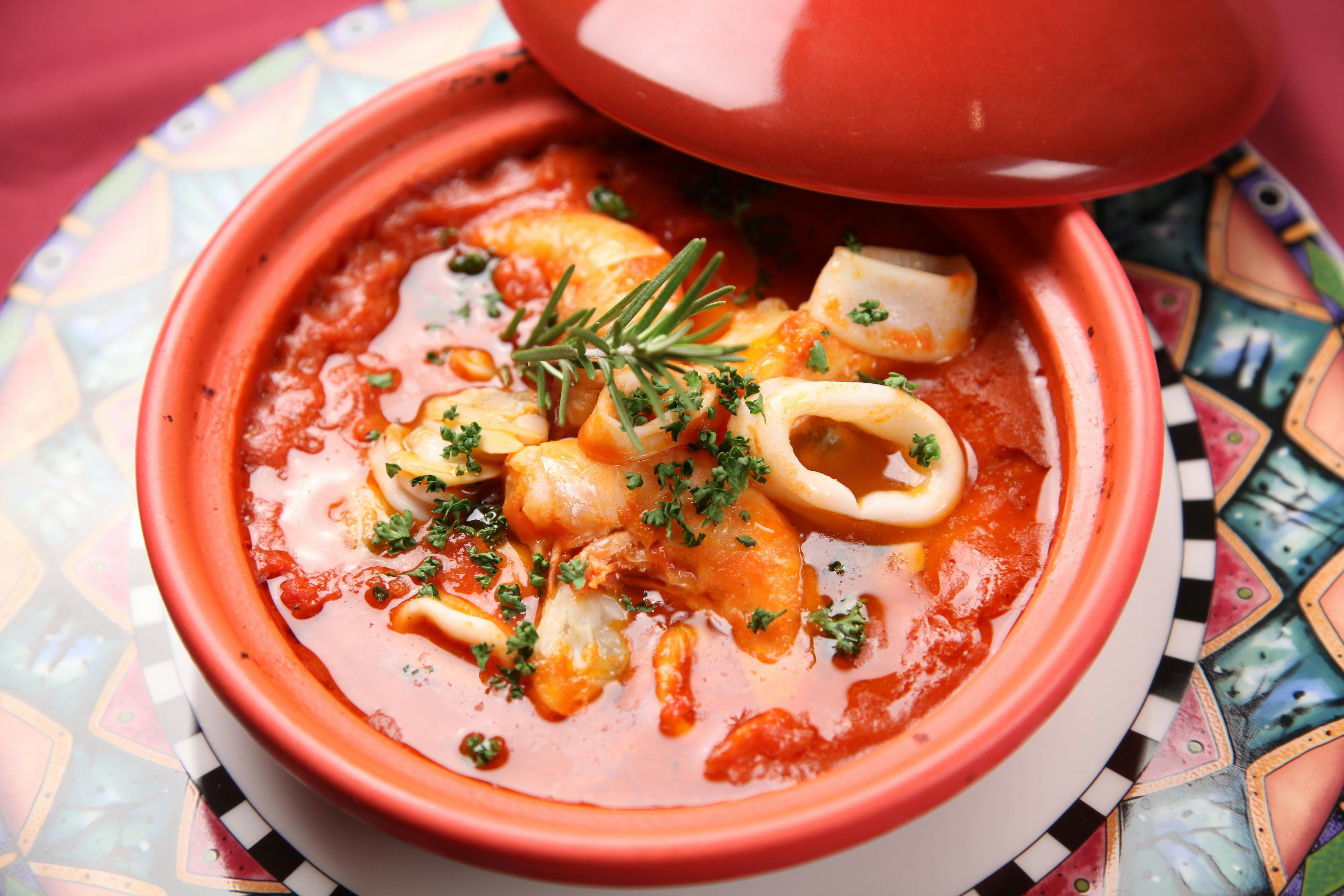
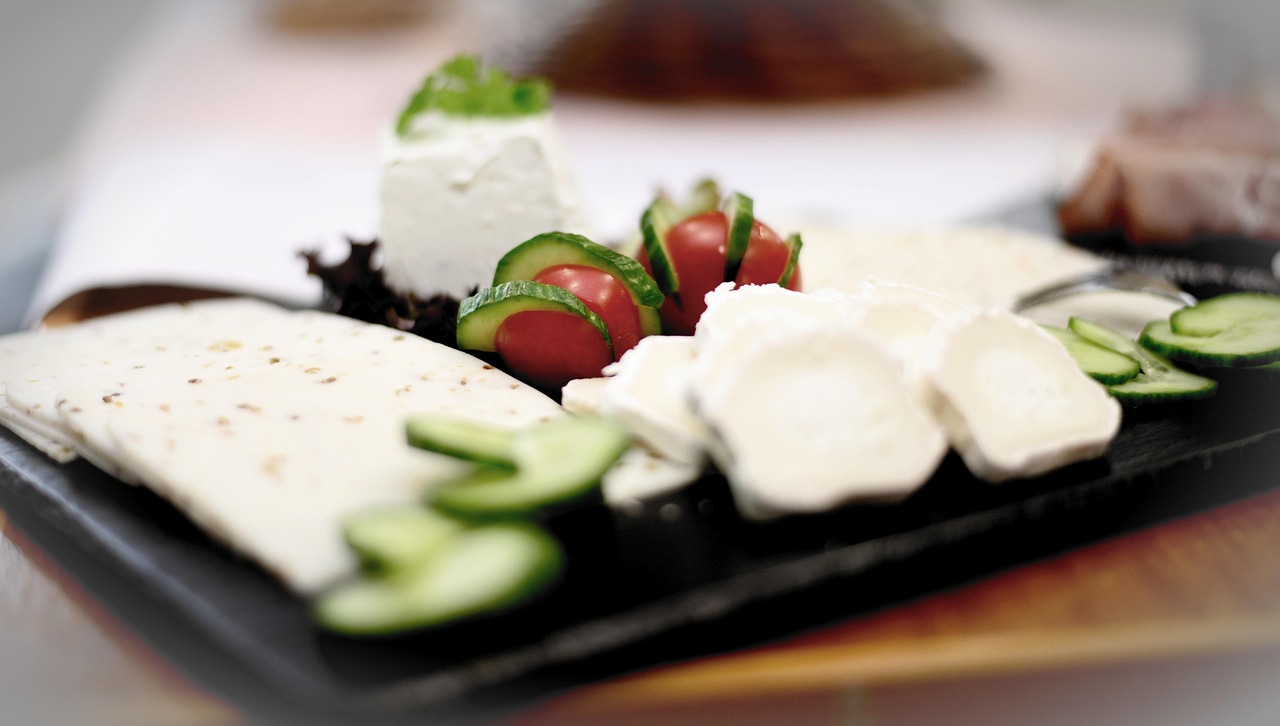
 京公网安备11000000000001号
京公网安备11000000000001号 闽ICP备2023004937号-3
闽ICP备2023004937号-3